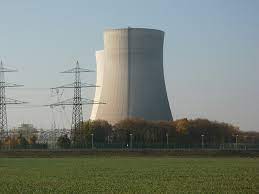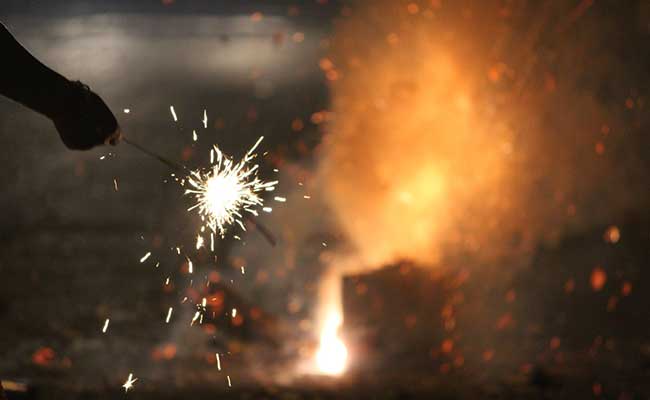Nuclear waste is a by-product of nuclear power, nuclear medicine and nuclear research. It is highly toxic and can remain radioactive for hundreds of thousands of years.The safe disposal of nuclear waste can have dire consequences for the environment and human health if mishandled , is an important issue.
Challenges in nuclear waste management
One of the major challenges in managing nuclear waste is ensuring that it does not pose a threat to public health or the environment for thousands of years. Another challenge is finding a place to safely store the waste for that period of time. Most countries currently store nuclear waste in interim storage facilities that are not intended for long-term use.
Types of nuclear waste
There are three types of nuclear waste:
Low-level, medium-level and high-level waste. Low-level radioactive waste is typically contaminated clothing, tools, and other materials from nuclear facilities. Intermediate level waste arises from the reprocessing of spent fuel from nuclear reactors. Highly radioactive waste is the spent fuel itself and is the most radioactive type of radioactive waste. Nuclear disposal method
There are two methods of nuclear disposal:
Geological disposal and deep well disposal. In geological disposal, waste is buried in rock formations deep underground in stable geological formations. In deep-hole disposal, a hole of several kilometers is drilled in the earth’s crust and the waste is put into the hole. Both methods aim to isolate the waste from the environment for the required period of time.
In summary, radioactive waste management is a complex and difficult problem that requires careful consideration to ensure that waste does not pose a threat to public health and the environment for thousands of years. There are two main methods of disposal, but more research is needed to determine which method is the most effective and safe. It is critical that governments, scientists and industry work together to develop solutions to safely store nuclear waste for future generations.




